We often hear about vacuum cleaners with HEPA filters, a term we associate with vacuum cleaners that maintain the cleaner air from dust and mites.
It tienes asthma, a respiratory condition, an allergy, or you simply want your air to be as clean as possible, you should definitely choose a device that has filters of this type.
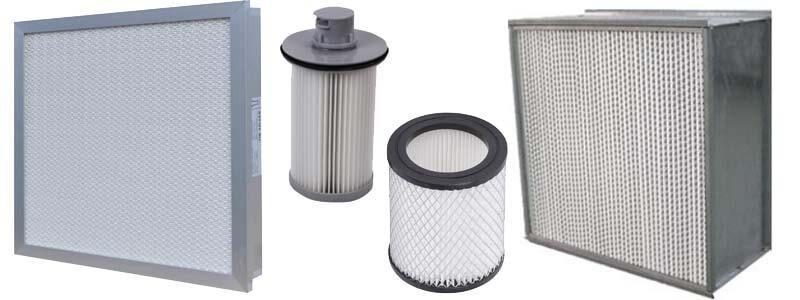
Table of contents (click to show/hide)
In this guide we explain What is a HEPA filter, what are its advantages, what types of filters exist and what alternatives are there? at the time of buying.
What is a HEPA filter?
The term HEPA corresponds to an acronym in English, which means High Efficiency Particle Arrester (High Efficiency Particle Trapper).
HEPA filters They were created in 1950 by the American company Cambridge Filter Corporation. It called them “absolute filters” and, initially, they were intended for the military industry.
They quickly became a standard for their effectiveness, and moved to other areas, such as medical, pharmaceutical, electronics or home.
Nowadays, many vacuum cleaners have filters of this type, although it should be noted that not all have the same filtering capacity, since there is a graduation scale, according to its effectiveness, as we will see.
How HEPA filters work
Particle trapping filters are composed of fiberglass meshes arranged randomly.
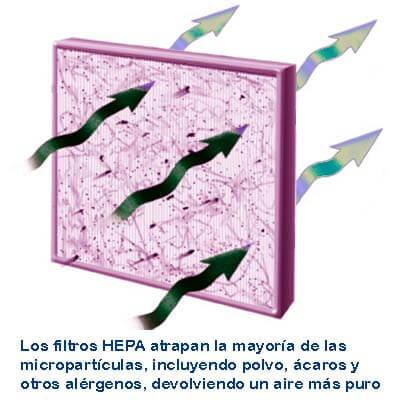
Although the diameter of the fibers is between 0,5 and 2 microns, The arrangement of the meshes ensures that much smaller particles, smaller than 0,3 microns, are trapped., through three systems:
- Interception: particles rub against the fiber and they remain attached to it.
- Impact: large particles collide directly with the fiber. The impacts increase the smaller the separation between fibers, and the higher the speed of the air flow that transports them.
- Diffusion: this mechanism is more appropriate for smaller particles, especially for those smaller than 0,1 microns.
Diffusion is related to the Brownian movement, random movement of microscopic particles when they are in a fluid (in this case, the air that transports them).
Esto increases the probability that the particles will be trapped by one of the two previous systems, and is the most dominant mechanism if the airflow is slower.
Classification of high efficiency filters
Not all high efficiency filters are created equal. For example, In some vacuum cleaners, we see that they indicate that they have an EPA filter, without the ax. It's not that they have forgotten about her, because she is mute...
As we have already mentioned, HEPA filters became a standard. So much so that There is a European standard, UNE-EN 1822-1, which establishes the classification of the different filters, according to their effectiveness.:
- EPA: high efficiency filters.
- HEPA: very high efficiency filters.
- ULPA: ultra low penetration filters.
The EPA filters (group E), they can be of three kinds:
- E10.
- E11.
- E12.
The HEPA filters (group H) are subdivided into two classes:
- H13.
- H 14.
And finally, there are ULPA filters (group U), which can be of three classes:
- U15.
- U16.
- U17.
In any case, in the world of domestic vacuum cleaners it is not necessary to go that far, since ULPA filters are aimed at places where a maximum level of cleanliness is needed, like a laboratory, an operating room... so there are few vacuum cleaners that reach such an extreme degree.
What does the numbering of high efficiency filters mean?
According to the numbering described above, the filters are more or less effective. This way:
- The fEPA 10 filters only have to retain more than 85% of particles with a size greater than 0,3 microns. That is, out of every 100.000, more than 85.000.
- LEPA 11, more than 95% (out of every 100.000, more than 95.000).
- For his part, heEPA 12 retains more than 99,5% (out of every 100.000, more than 99.500).
- The H13 trap more than 99,95% (they only let 50 out of every 100.000 pass).
- And finally, los H14, more than 99,995% (they only let 5 out of every 100.000 pass).
How filters are classified
The standard establishes five sections to measure the effectiveness of the filters, so that they can be classified correctly, as well as the tests and tests required for each one.
CLASS | % retention | number of particles that pass |
|---|---|---|
EPA 10 | > 85% | 15.000 each 100.000 |
EPA 11 | > 95% | 5.000 each 100.000 |
EPA 12 | > 99,5% | 500 each 100.000 |
HEPA13 | > 99,95% | 50 each 100.000 |
HEPA14 | > 99,995% | 5 each 100.000 |
This gives a lot of security. Being a classification established by standard, buyers know that, When we buy a device, for example, with HEPA 13, it is something real, not something the manufacturer says.
The test method is based on particle counting processes. Filters are classified based on their effectiveness in trapping particles.. In the case of HEPA and ULPA filters, the percentage of particle penetration is also measured.
To establish penetration, its values are measured with respect to six particle sizes. But not just any particles, but those called MPPS (Most Penetrating Particle Size or particle size of greatest penetration).
The sizes of these particles are very small, less than a micron (or thousandth of a millimeter). To give you an idea, the diameter of a human hair can be between 40 and 80 microns.
The MPPS particles used in the tests have tiny sizes, between 0,12 and 0,3 microns.
Examples of vacuum cleaners by filter type
Many classic vacuum cleaners come with HEPA filters, which are very high efficiency. However, There are still some models with EPA filter. For example, the Polti MC330 Turbo, a best-selling vacuum cleaner, which has obtained a rating of 83 (you can see the full comparison here), has a washable EPA filter.
Among those that have HEPA H13, we can mention several Rowenta models, including the best-seller Rowenta RO4871 a well-equipped vacuum cleaner at a good price, which reaches an effectiveness of 99,98% when capturing microparticles of dust and mites:
Overall rating: 92
Among the vacuum cleaners with H14 HEPA filter we can mention the Bosch BGS5SIL66B Relax'x ProSilence, a excellent bagless sled vacuum cleaner which has an overall rating of 90.
Overall rating: 90
If you need the maximum cleanliness and hygiene For your home, you can opt for a vacuum cleaner with a ULPA U15 filter, such as the Bosch GL-30 ProHygienic:
Overall rating: 93
You also have a large number of robot vacuum cleaners that incorporate high-efficiency filtering systems. If you want to know some of them, visit our articles:
And if you want cleaner air you can also visit our purifier guide, or take a look at some of our analyses:

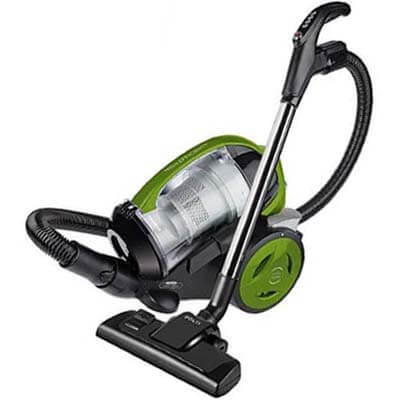
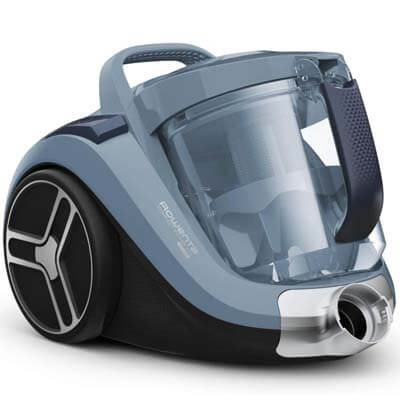
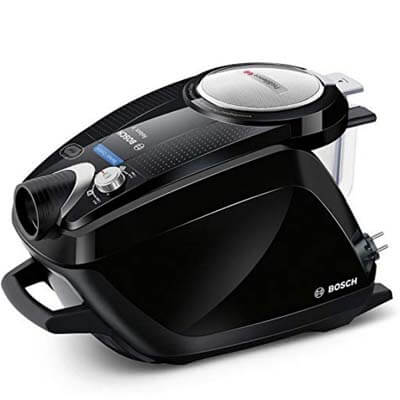
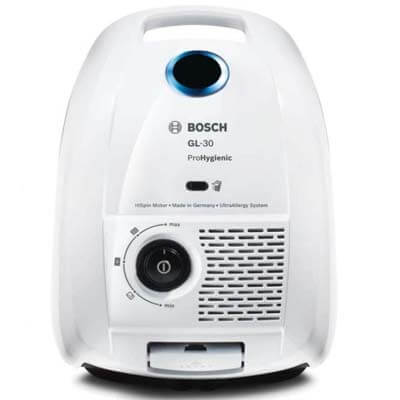

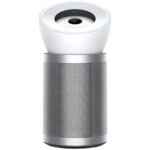
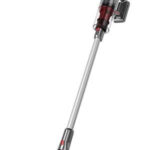
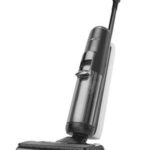
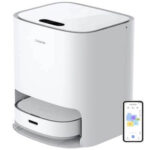
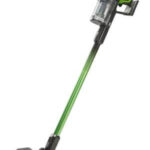
Hello, Alfredo, thank you for coming to our website.
You can contact Cecotec at 963 210 728 and order it as a spare part.
All the best
My vacuum cleaner is a Tedge HS-308A
It uses a hepa filter, but I have not been able to find the filter anywhere, I only know that it is a hepa filter and a medium size and it has a diameter of approximately 9.5 ML
Could you tell me what filter model it is?
Hello, Jonathan, thank you for visiting our website.
If we are not mistaken, Tedge is a brand that is sold on the free market, in principle you should look there, although we have looked and it seems that at the moment they do not have separate accessories or spare parts available.
All the best
Hello, Juan, thank you for coming to our website, don't worry.
As we answered to another reader, it is not an easy answer, nor do we have sufficient technical knowledge, but as it is a current topic, we will tell you what we have seen when we researched the topic, with all the precautions and precautions that are in place. may have on the matter, and without attempting to establish any scientific conclusion.
According to the latest studies, the size of the COVID-19 virus would be between 0,12 and 0,16 nanometers (one nanometer is one millionth of a millimeter), while the effectiveness of filters is measured in tenths of microns (ten thousandths of a millimeter). , that is, 100 times larger than the micrometer).
However, the usual thing is that the transmission of the virus occurs through droplets, which are larger, so the filter could be effective there. (This is what some air purifier manufacturers point out in this sense).
All the best
The latest news I'm reading talks about the coronavirus being spread by aerosols, so an air purifier equipped with a hepa/ulpa filter should filter out the virus. Excuse me for invading a vacuum cleaner forum with questions about air purifiers, but do you believe this series is like that? What level on the hepa scale could filter the virus?
good morning
I have a WEY&DRY Cecotec brand vacuum cleaner that uses a HEPA filter, the point is that I can't find the filter for said vacuum cleaner and I wanted to know if you have any idea where it can be located.
Thank you
Hello, Juan Luis, thank you for visiting us.
It is not an easy answer, nor do we have sufficient technical knowledge, but as it is a current topic, we tell you what we have seen when we investigated the topic, with all the precautions and precautions that can be taken on the matter, and without pretending establish any scientific conclusion.
According to the latest studies, the size of the COVID-19 virus would be between 0,12 and 0,16 nanometers (one nanometer is one millionth of a millimeter), while the effectiveness of filters is measured in tenths of microns (ten thousandths of a millimeter). , that is, 100 times larger than the micrometer).
However, the usual thing is that the transmission of the virus occurs through droplets, which are larger, so the filter could be effective there. (This is what some air purifier manufacturers point out in this sense).
All the best
Thank you very much for your quick response.
I will try to find more opinions, since in a graphic I saw a few days ago on a TV station, they listed the vacuum cleaner filter as a valid material for homemade masks.
If I find any positive information I will let you know.
regards
Could H14 filters be used in masks for Covid 19?
Thank you
Thank you very much, Antonio, for your encouragement.
All the best
I am grateful for the explanation that is so simple but complete for my level of consumer. Excellent.
Hello, Sergio, thank you very much for coming to our website, and for your words of encouragement :-).
All the best
It has been a long time since I read such a complete and clear article. Excellent!!